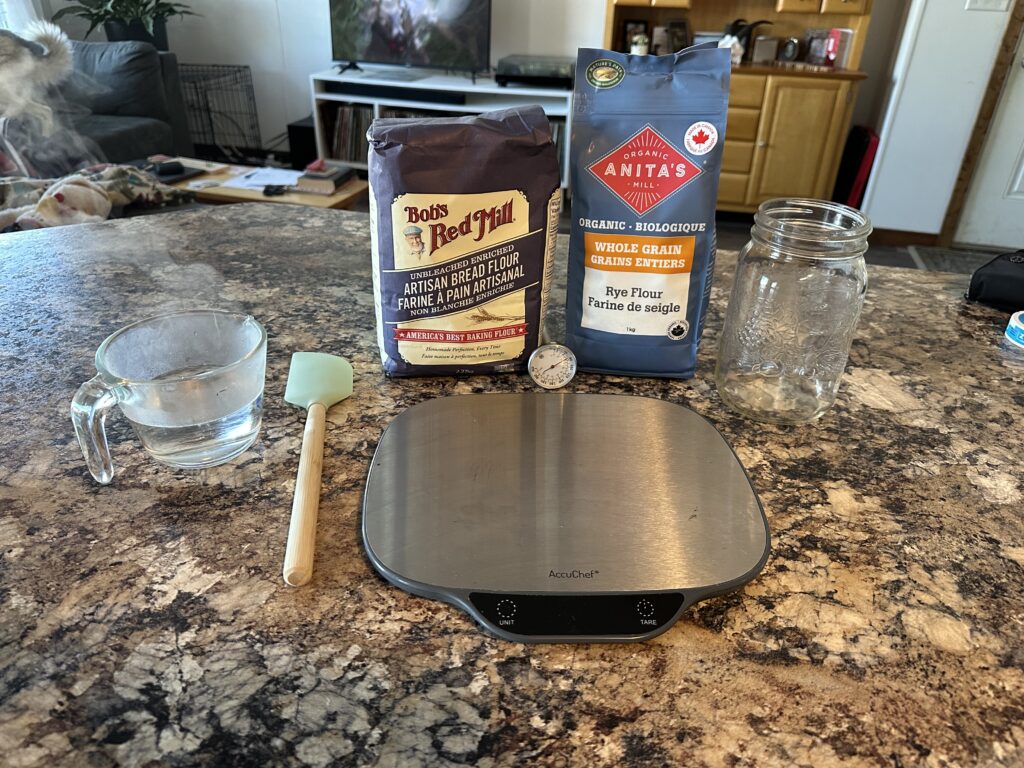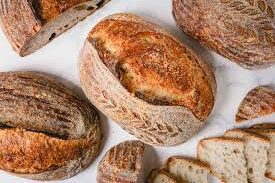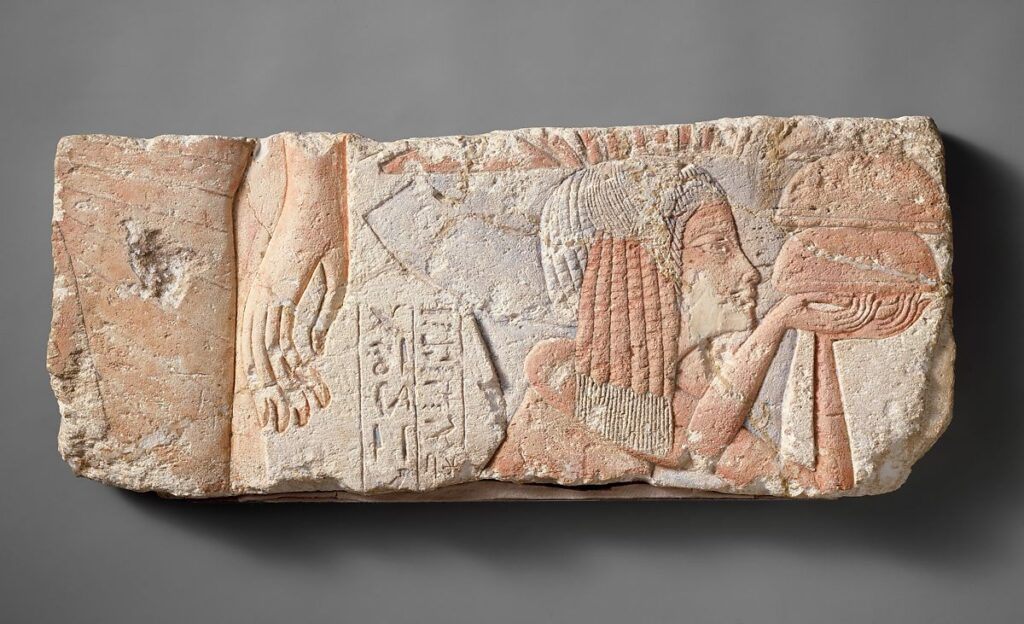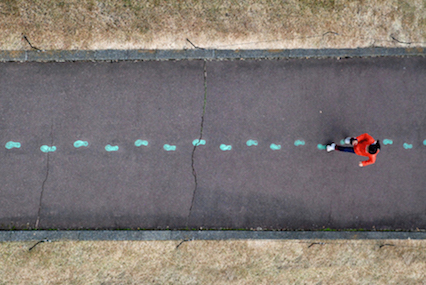For many of us, bread is a major staple food in our everyday diet. From toast at breakfast, the crust of our pizza, to the rolls we share at dinner time, bread is everywhere and universally loved. This passion spans back thousands of years, starting with flatbreads that were cooked in burning embers, to fluffy hearty breads baked in specialized ovens.
I began my inquiry project with a goal to learn more about the world of bread making. Specifically, the art of sourdough starters. As I began my research, I started to notice the fascinating blend of science, history, and culture wrapped up in something as seemingly simple as flour and water. I began my sourdough starter with my digital food scale, thermometer, rye flour, and all purpose flour. During this initital process, I couldn’t help wondering how, without any technology or knowledge about microbiology, did ancient civilizations figure out the complex process of fermentation?
When making sourdough at home today, you will follow a precise step-by-step process of mixing varying levels of Rye flour, unbleached All-Purpose flour, and water heated to exactly 85°F. Your starter will need to be ‘fed’ at least once every 24 hours, meaning some of your mixture must be removed and new flour and water must be added.
I began my journey of homemade sourdough bread by watching Joshua Weismann’s ‘Ultimate Sourdough Starter Guide‘ on Youtube.
I found Joshua’s video very informative and easy to follow, especially for a beginning bread maker like me! He even includes a detailed downloadable PDF that provides specific instructions for beginning your sourdough starter.
After watching the tutorial video a couple hundred times, I was ready to begin my bread-making journey. Pictured here is my digital food scale, a thermometer, a clean glass jar, unbleached All Purpose flour, dark Rye flour, a spatula, and water. Day 1 of my starter feeding calls for the following:
- 100 g rye flour
- 150 g water at 85°F

As recommended by Josh in his video, I record the weight of my empty mason jar. This will be needed for later when I routinely remove mature starter and add fresh ingredients. During my recording and careful weighing of the exact amount of flour, I am thinking about how this can be applied to many different areas of the BC Curriculum across multiple different grade levels. Here are a few curricular connections for mathematics that can be made:
- Mathematics, grade 3: units of measurement (linear, mass, and capacity)
- Mathematics, grade 6: Ratios, volume and capacity
For my next blog post, I will focus on the rich history of sourdough bread making. Throughout my free inquiry I also intend to provide weekly updates on my own bread-making journey!



